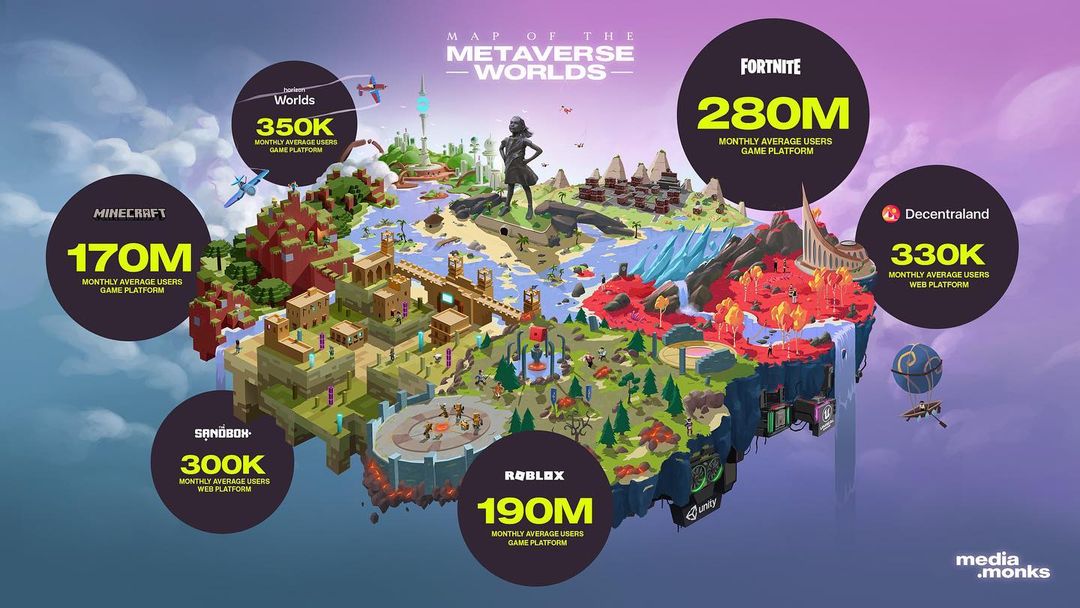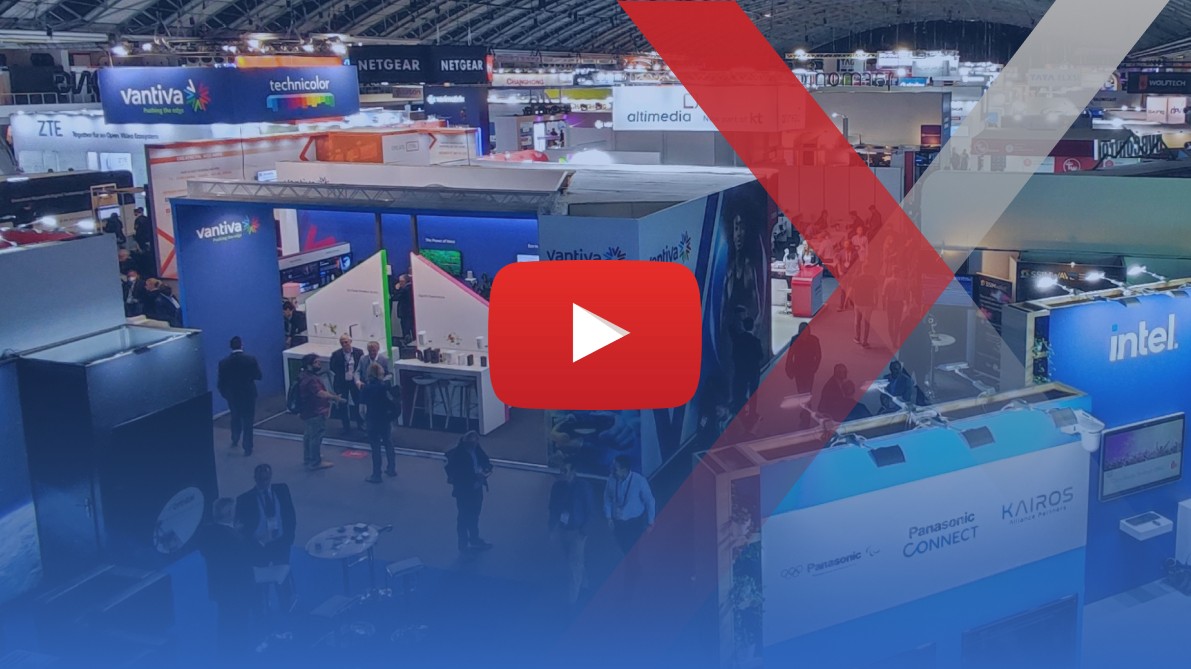- 37,071 visitors from 170 countries
- 250 international headline speakers
- Over 1,000 exhibitors
After being cancelled for two years in a row, the IBC Show returned to Amsterdam live and in-person, reuniting media, broadcasting and tech world. And although the attendance was almost 34% lower than the record 56,000 who visited IBC 2019, the opportunity to connect face-to-face and re-engage was much appreciated.
Through years, Oxagile has been an eager participant of the IBC Show, and this year was not an exception. As Sergey Marchuk, Co-Founder and CTO, has eloquently put it:
“IBC2022 is an inexhaustible source of energy. Caught up in this bustle, it’s a great feeling to realize that we are part of the power that makes a difference in the production and delivery of amazing video experiences worldwide, which is a big deal.”
This time, we have partnered with AIHunters to share our consumer-driven OTT know-hows and demonstrate the power of cognitive automation in boosting efficiency.

In addition to long-awaited networking and re-engagement with partners and clients, the IBC show highlighted future tech trends in the video domain. So, let’s see where the OTT industry is going.
Monetization models under microscope
The world was shaken when Netflix announced that the major streaming service was looking to add an ad-supported tier to its subscriptions. If anything, this means that the reign of SVOD monopolies is coming to an end, and there are several reasons for that:
- Subscription fatigue is on the rise as consumers are getting tired signing up for an increasing number of services
- Dissatisfaction with inefficient bundles is also growing as viewers more flexibility
- 63% of consumers agree that it’s too expensive to pay for all the entertainment subscriptions
As consumers are becoming more mindful of their budgets, content providers and streaming platforms start moving towards multi-dimensional monetization models with the focus on advertising-based video on demand (AVOD) and free ad-supported TV (FAST). According to Comscore’s 2022 State of Streaming report, AVOD grew faster (a 29% increase) than SVOD (a 21% increase) in 2022 in US households. Research from Omdia presented at IBC 2022 showed that by 2027 ads will generate 3 times more online video revenue than subscriptions.

Source: The Advertising Revolution: How CTV, FAST, and AVOD Are Reshaping the TV and Video Landscape by Omdia
In addition to a major AVOD comeback, FAST has also received a lot of attention at the show.
Described as a hybrid of traditional viewing and streaming, FAST channels deliver content in the form of linear scheduled programing, providing a laid-back viewing experience for consumers.
FAST channels are a great way to reach out to more audiences while also maximizing the usage of idle content and generating ad revenue through targeted advertising.
How we can help
Wonder how you can create a winning FAST channel to enhance direct-to-consumer reach and boost monetization opportunities?
The growing importance of artificial intelligence
Artificial intelligence has long been a driving force behind the digital transformation in the media and entertainment industry. From intelligent audience segmentation to micro-personalized experiences to revamped targeted advertising, AI capabilities are already infused in many video delivery services and products.
This year, a multitude of companies demonstrated their advancements in the use of machine learning and computer vision to achieve new operational efficiencies. The focus was on the following areas:
- ML-powered metadata tagging
Automated tagging helps broadcasters and video owners analyze and organize their video assets while making them easily searchable. - Efficient localization
Since diverse audiences are a key driver of streaming platforms’ growth and success, AI-powered localization services are in demand, including multi-language captioning, subtitling, translation, audio description, and dubbing capabilities. - Intelligent video analysis
CV-powered object detection, facial recognition and identification, pose detection, and even real-time emotion recognition – these capabilities are essential to streamline content management workflows, automate quality control and ensure compliance. - Generative Adversarial Networks (GANs)
As cost optimization remains a challenge for industry players, neural networks and GANs are used for image and video compression and reducing traffic and power consumption costs.
Combating video piracy
Video piracy continues to be a prevailing concern for content owners. In the movie industry, global revenue losses from piracy are estimated to be between $40 and $97.1 billion.
One of the common solutions to secure digital content is digital rights management (DRM) that basically ensures that video content is stored and transmitted in an encrypted format. The Berlin-based company castLabs stepped up the game and added a DRM-supported security layer to WebRTC streams. Another anti-piracy solution is forensic watermarking that entails embedding unique invisible data into digital content so that any leaks can be traced.
If you care for a more cutting-edge approach, here’s one from the IBC field. How about combining watermarking, NFTs, and bounty hunting to catch pirates? That’s exactly what Custos offers to do. The startup uses watermarks with an embedded bounty that is a special key to a Bitcoin wallet. Once a bounty hunter finds leaked content with the watermark, they can claim the bounty. We’ll see how this approach will play out.
Stepping into metaverse
IBC 2022 would not be a show about innovations without discussing the hot topic of metaverse. Metaverse, or broadly speaking virtualization, is more than a buzzword — just like decades ago we switched from analogue to digital, we are now switching to virtual.
From Verizon to Paramount to Marvel, global media companies are starting to explore what metaverse has to offer. And according to Lewis Smithingham from Media.Monks, metaverse has both cultural and economic financial value.

Source: “Step into the metaverse”, Lewis Smithingham from Media.Monks at IBC 2022
As we are now in the attention economy, “one-direction” media is not working anymore since viewers have multiple distractions at any given moment of time. Going forward, broadcasting has to become more interactive, immersive, and inclusive to keep viewers engaged and connected. And that’s what actually virtualization is about — moving from flat media to full-scale multi-directional ecosystems.
Metaverse also opens new alleys for the advertising sector. And although it is too early to predict what metaverse advertising will look like, the same rules apply — advertising must be relevant, useful, and high-quality.
Wrapping up
IBC 2022 returning to the in-person format was a much-needed opportunity to connect and engage in meaningful conversations with partners, clients, and prospects. Four days just flew by and it’s no wonder given the industry-leading line-up of exhibitors like Adobe, AWS, Comcast, Nagra, Sony, Red Bee Media, Canon, EVS, and more.
“IBC days always seem like a lifetime. Our team feels inspired by face-to-face meetings and numerous opportunities to interact with our partners, like Kaltura, Bitmovin and others, either during the event, prioritizing strategic initiatives and new vectors of cooperation, or in a more informal atmosphere.”— Igor Lositsky, Chief Partnerships Manager
On a final note, here’s IBC 2022 atmosphere in 23 seconds (a quick recap from our LinkedIn):




























